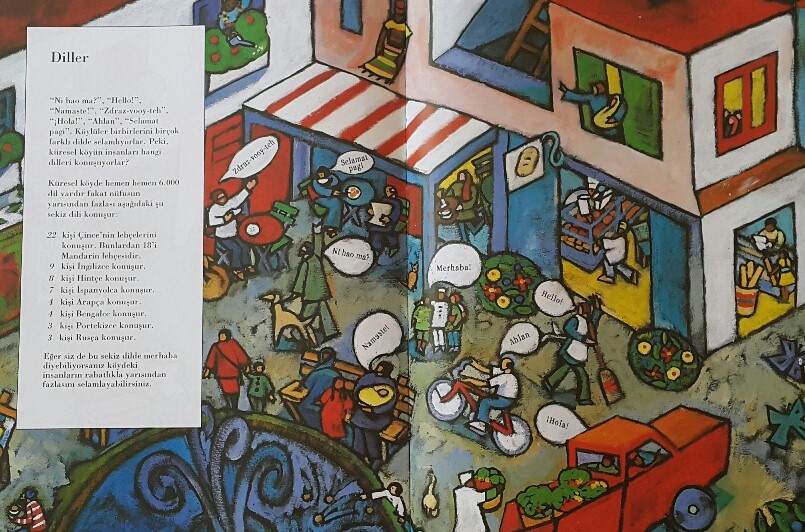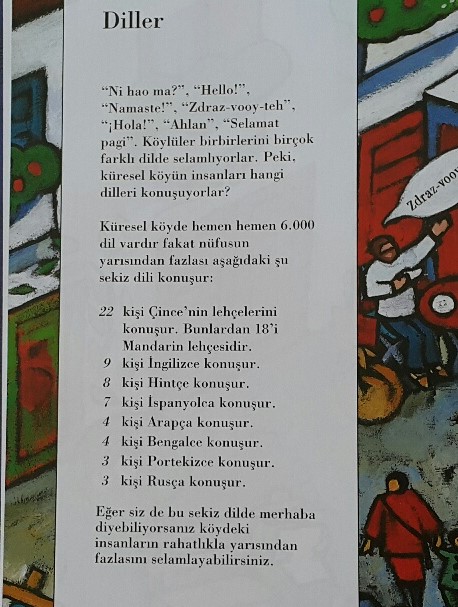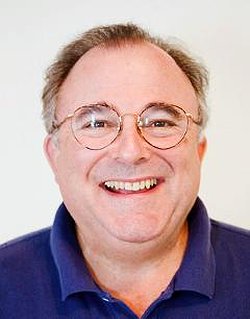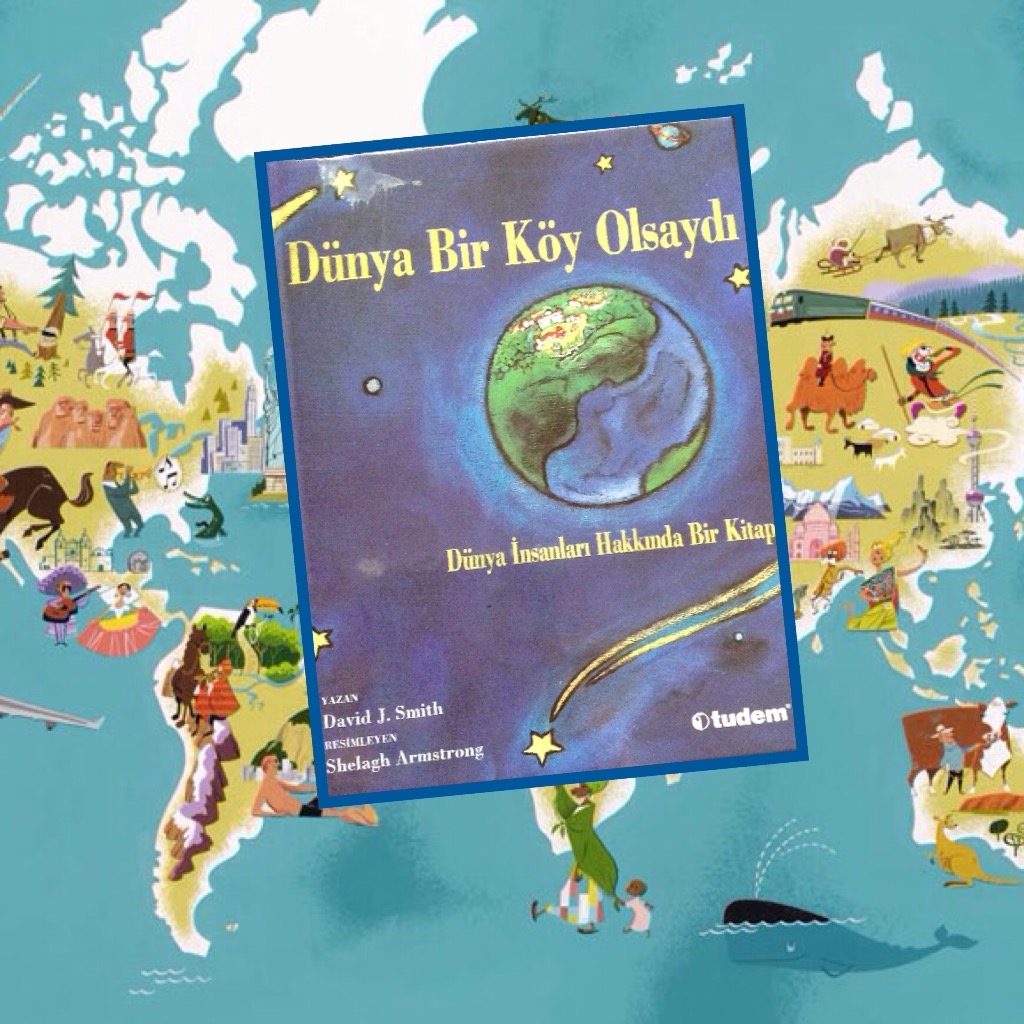Geçenlerde sizlere ölçeklendirme ile ilgili "Eğer" kitabından bahsetmiş ve tanıtımında aynı yazarın ünlü kitabı "Dünya Bir Köy Olsaydı" nın da ismini vermiştim.
David Smith bu kitabı neden yazmış biliyor musunuz? Biz kimiz, nerede yaşıyoruz, ne kadar hızlı büyüyoruz, hangi dilleri konuşuyoruz, çocuklar kafalarında dünyanın geri kalanını canlandırabilsin diye...
Örneğin dünya sadece 100 kişiden oluşan bir köy olsa bu köyde 22 kişi Çince konuşur, 17 kişi okuma yazma bilmez, 60 kişi ciddi açlık çeker ve sadece 24 kişinin evinde tv olur. Bu köyde 79 yaş üzerinde 1 kişi olur ve 68 kişi temiz hava solur. Bu tür kitaplar benim için siyah/beyaz kategorisine giriyor şöyle ki bu kitabı matematikten, istatistikten, sayılardan, karşılaştırmalardan hoşlanan bir çocuk bayılarak okur.
Diğer yandan, daha fazla hikaye seven, karakter seven, sayılarla arası iyi olmayan çocuklar çok fazla hoşlanmayabilirler. Ben küçüklüğümden beri sayılara çok meraklı olduğum ve istatistik ilgimi çektiği için çok sevdim, David Smith´in yazdığı kitaplardaki bu bakış açısını çok seviyorum çünkü farklı bir düşünme tarzı veriyor çocuklara.
Kitap Tudem Yayıncılıktan basılmış ve bence 6 yaş üzeri için uygun.




David J. Smith Kimdir?

DAVID J. SMITH is a classroom teacher with over 25 years´ experience teaching English, Geography, and Social Studies in grade levels from 4 to 12. He achieved recognition for his unique method of teaching seventh graders to draw maps of the entire world from memory, now published by Fablevision as a highly successful curriculum, "Mapping The World By Heart". In 1992, Smith won the U.S. Department of Education´s "A For Breaking The Mold" Award for this work. Since 1992, he has been a full-time consultant, providing lectures and workshops on geography and global issues, and on IT issues, to teachers, parents, student groups, and others in the United States, Europe, Africa, South America, Australia, and Asia.
The "Mapping The World By Heart" curriculum directly addresses standard number 2 of the US geography standards, and has achieved phenomenal results in public and private schools throughout the U.S. and in locales as far-flung as Cote D´Ivoire and Japan. It is popular because it works. At the beginning of the school year, students draw maps of the world, and "the results are predictable," said one article about the program; "The maps always show incredible gaps in students´ mental images of the world, with the only places included being the places that are real to the students -- where they live, where they´ve traveled." But at the end of eight months, these same students are able to draw detailed maps that include the names and borders of 190 countries, with their capitals, mountain ranges, rivers, etc. The technique used is both traditional and up-to-date: lots of memorization, but not the old-fashioned methodology of rote-for-rote´s-sake, but rather memorization informed and enriched by the real use of knowledge, study, practice, mnemonics, and games.
Time Magazine, NBC´s Today Show, The L.A. Times, and the Associated Press, among others, have acknowledged Smith and the success of his curriculum. Besides the curriculum, Smith has written articles for the New York Times´s Education Life section, for The International Educator, for The World Paper, NESA Notes , and Independent School Bulletin. He has also written five other books -- "If The World Were A Village", which was published in March, 2002, by Kids Can Press in Toronto, and "The CEESA Web-Site Manual" and "Emergency Procedures Handbook for International Schools" were published respectively in 1998 and 2003 by the US State Department. The sequel to "If The World Were A Village", entitled "If America Were A Village", (isbn 1554533442) was published in August, 2009. His newest book, "This Child Every Child: A Picture Book For Children About the Rights of Children" (isbn 1554534666), was published in February, 2011. "If The World Were A Village" (isbn 1550747797) has been widely and favorably reviewed in journals such as Booklist and Horn Book and School Library Journal. It was chosen by the American Booksellers Association as their #1-recommended book on the BookSense 76 Children´s list for Spring-Summer, 2002, and Newsweek chose it as one of 10 children´s books on their "recommended reading" list in August, 2002.
In addition, it won the H.C.Andersen Prize for 2003, the International Reading Association´s Children´s Book Award for 2003, and was named a Smithsonian "Notable Book of the Year". It has been published in 20 editions, in 17 languages other than English, including Braille. Besides book visits and assemblies, David offers consultation services, workshops and platform presentations on geography and global awareness for schools and professional organizations. David was born in the United States, but is a permanent resident of Canada; he and his wife live in North Vancouver, BC.
